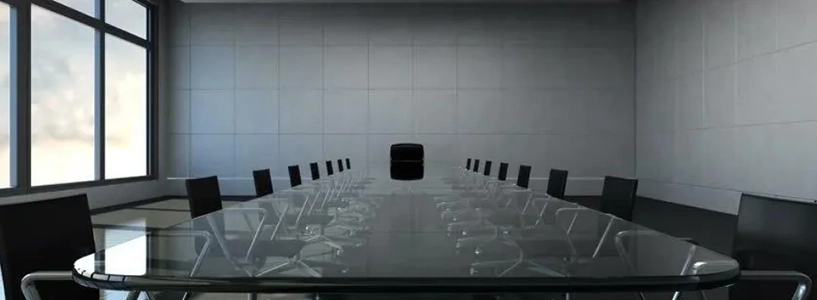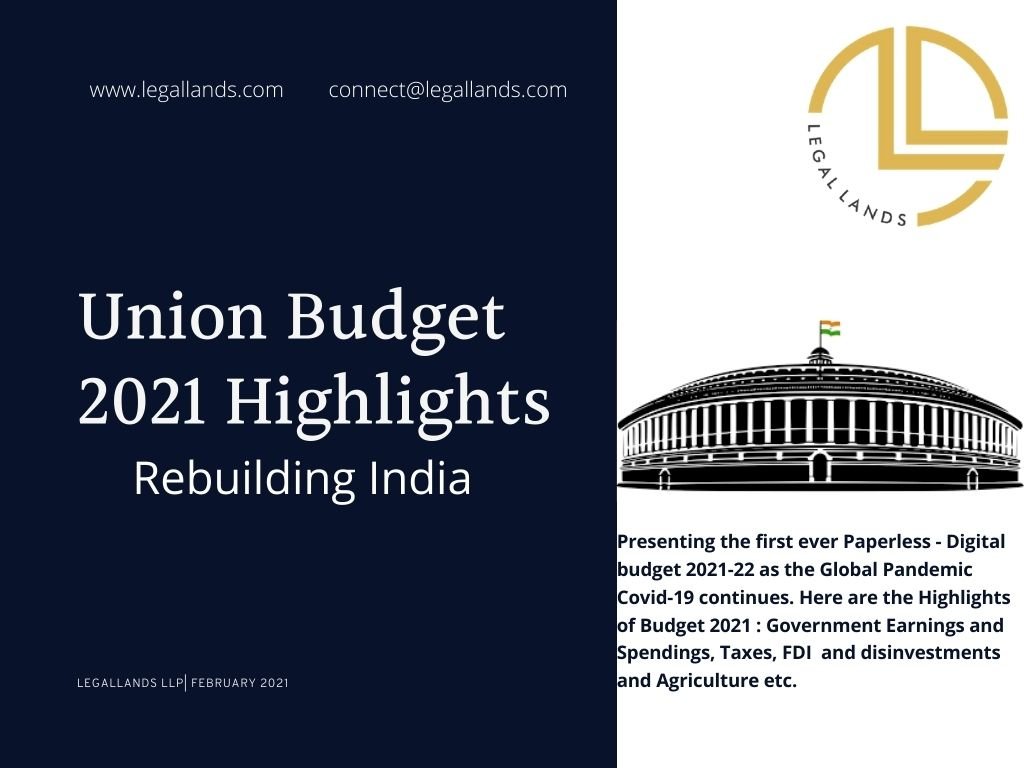The Legal Frontier Of Ai-Generated Content: Who Owns What In 2025?
There was a song released in the summer of 2023, called Heart on My Sleeve, allegedly a joint effort of superstar Drake and The Weeknd, that went streaming-viral, generating millions of plays. The twist? The two artists did not take part in any way. The track was produced by an anonymous creator using the generative AI, which has been at the centre of a raging debate upon questions of authenticity, ownership, and legality. By 2025, the courts, legislators and even creators are still struggling to pinpoint ownership of intellectual property rights between them with legal background still being a grey area when machines take over creation. This Article will discuss the changing definition of authorship, who is liable in cases of AI-generated infringements, recent law in India, including other jurisdictions like the US, the EU and Asia, and measures undertaken by companies to protect themselves, as well as potential blockchain as a path towards proving originality.
Redefining The Authorship Under Indian Law
The term Author clearly defined in the Copyright Act of 1957, as author is a person who “created” the work. Introduced in 1994 this was directed towards creations assisted by the use of computers but now fails to cover the modern generative AI which has an ambiguous boundary between human and machine authorship. Indian jurisprudence has always believed that authorship must be purposed on human creativity, as has been done in many cases; the copyright was not granted to question papers composed by computer as human input was not substantial. On the one hand, Copyright Office issued a co-authorship in the case of such an AI tool and its human creator, although its registration was cancelled later, which only confirms natural persons as the only individuals who could be recognized as authors under the Copyright Office. This position is also in line with the doctrine of modicum of creativity that was taken over in U.S jurisprudence and states that a work must incorporate some intrigues of human skill and judgment to be copyrighted. In the case of an AI-generated work, the courts decide whether the input of the human element of detailed prompting, curation or post-processing satisfies the originality test of Section 13 of the Act, which requires the works to be both literary, dramatic, musical or artistic, and original.
To deal with this problem scholars have offered a so-called “Significant Human Input” test, which says that copyright might really be awarded in case the human input into the trigger, improvement, or organization of the AI outputs is substantial. Take the case of a graphic designer who generates a sequence of pictures with Mid-journey and manipulates or assembles them into one coherent portfolio: provided that his or her intervention has provided creative judgment, they may indeed be its author. Nevertheless, one-liner prompt, e.g. a sunset painting, will probably be insufficient, since it will not be skilful and laborious enough. The lack of bright lines causes a dilemma to those who create and spur the demand of a legislative clarification to strike a balance between innovativeness and classical concept of authorship. Responsibility of AI-infringements and defamations the issue of AI-generated content that is implemented in copyright infringement or that reasonably defames someone poses a top challenge in India. According to the Copyright Act, infringement exists when work is found to be similar to the copyrighted work to a reasonable degree, but this can be waived by a fair dealing exception in Section 52, e.g. in the case of a personal use, a research or critique. As the training of an AI model is usually accomplished by working with large amounts of data that is frequently scraped off the internet, there is the possibility of copy righted material being used without permission.
The case ANI v. News agency OpenAI in the Delhi High Court, the news agency has alleged that ChatGPT created by OpenAI reproduces articles that are copyrighted in its outputs and the question that emerges is who is liable, the developer or the user. This issue is not fully resolved in Indian courts, although early signs indicate that the user who can awaken the AI will likely bear the liability as he or she is considered the author under the Section 2(d) (6). Nevertheless, developers are questioned when their training set contains unlicensed copyrighted work. The 161st Report presented by the Parliamentary Standing Committee of 2023 also insisted on the need of transparency of AI training dataset so that infringement could be avoided and the developers should adhere to IP laws in this regard.
In the case of defamation, there is a system in the Information Technology Act, 2000, but AI-based hoaxes bend the situation. in the case of somebody unfairly identified as a criminal because of the label given by AI tool such as the world examples of Tremblay v. OpenAI (U.S., 2023), in Indian law, the user would probably be liable but the liability of the developers might come into the picture, in case the algorithms under consideration have predictably given results that are harmful. There is uncertainty because there is no dedicated regulation on AI-generated content. As an example, say one uses an AI tool to create a defamatory article, based on a non-specific prompt, the courts will still need to decide, whether it is the intent of the user of the tool or the training data of the tool developers that is the cause of the issue. The 2024 judgement made by the Delhi High Court on ANI v. OpenAI has also proposed that lack of providing safeguards against infringement outputs may make it legal to hold developers responsible, although the case is still ongoing, indicating an importance of more specific legal guidelines.
Authorship In Age Of Ai
The copyright law has always rested on the principle of human authorship; a principle which is based on the fact that artistic works are the result of the human mind and expression. However, the generative AI that does generate text, pictures, music and so on threatens to alter this foundation. By 2025, one cannot still answer the question whether AI can be an author or whether a man is enough to be an author and the legality problem stays at a grey area. In the United States the Copyright Office has been uncompromising: only works that involve substantial human creativity are eligible to be subjected to copyright protection. This position was again reinforced in the 2025 case of Allen vs U.S. Copyright Office (Jason Allen v. Perlmutter et al.), where the plaintiff asserted that his various (iterative) uses of Mid-journey to generate a work of art should be given a copyright since it was his own artistic idea and he had control over the creativity. However, the court premised its human authorship rule on the idea that the human additions to the AI output would be countable whereas prompting on its own would not. We can see the reflection of this in the case of Thaler v. In Perlmutter (2023), one of the images generated by an AI was refused registration since there was no human hand behind it. However, the copyright office Part 2 report on AI, published in January 2025, explains that when a human being makes any arrangement or modification in the output of the AI, then such works can be copyrighted, as long as the contribution made by the human being is significant. The European Union on the other hand is more relaxed. In a traditional understanding, the Court of Justice of the European Union (CJEU) regarded that “originality” entails a “personal touch”; however, subsequent debate indicates that a broader interpretation of what constitutes originality may have the effect of encompassing AI-assisted works.
An example is that an EU law may consider a human person who guides the content production or refines the AI outputs to be the author, but purely autonomous instances of AI outputs do not enjoy protection. In the UK there is an alternative, with a specific provision of authorship belonging to a computer-generated work in which discharge of the work can entitle the arranger of that work to be named author as explained in our consultation on AI and copyright in 2024. Such contrasting positions bring out the challenge of reconceptualizing authorship which is being experienced all over the world. Since AI tools also enter creative workflow, the legal system is also more frequently asked the question of where the line between minimal human involvement (in the form of prompts, post-processing instructions, or general direction) should be drawn to be considered something that may take copyright. The stormy nexus in human and machine creativity requires a redefinition of authors in 2025.
Accountability In The Infringements Caused By Ai
In the cases when content produced by AI violates copyrights or becomes defaming towards people, the issue of responsibility becomes tricky. To whom the blame belongs: the developer of the AI, the user or the AI itself? In 2025, this issue is also still struggling against legal systems, and there was no universal opinion. The aspect of liability in the case of copyright infringements usually depends on how the training data or the outputs of the AI harm the prevailing protections. This issue was seen in the popular case of Andersen ET al. v. stability AI Ltd. Where Artists criticized Stability AI of training its Stable Diffusion model on billions of copyrighted images they had not allowed to be used, claiming that the model generated outputs that reproduced their copyrighted works. In the same way, in Thomson Reuters v. In February 2025, in a case at a Delaware court, ROSS lost as the court found that its use of the copyrighted headnotes of Westlaw to train its AI legal research tool directly infringed the copyright and the fair use defence failed. These examples indicate that AI developers are at serious liability risk when training data set contains or contains unlicensed works on copyright.
Another problem is defamation and in ChatGPT in June 2023, the first defamation case against OpenAI was filed against ChatGPT over a false stating that one of the plaintiffs is a criminal, setting the scene on just how dangerous AI hallucinations can be. Courts are just starting to wonder into whose hands these outputs are supposed to be in the year 2025, whether it is the issue of the developers or of the person using the device. Services such as OpenAI will usually use the defence to say that their terms of service transfer the liability to users, since they are considered to be user generated content. Nonetheless, the plaintiffs respond that the training data and algorithms used by the developers should be held responsible of reasonably anticipated damage. This is partially handled indirectly by the AI Act, part of EU law, coming into force in August 2024, the regulation of training data such that developers may be more readily identified as the source of infringing or defamatory outputs. This murkiness when it comes to spreading the blame designates a shaky atmosphere between innovators and technology firms. These standards will still be expanded upon as the courts attempt to balance the innovation with accountability of AI-generated content as they continue to grow in number.
New Legal Precedents And Laws (2024 2025)
The last couple of years have witnessed meaningful changes in legislation in the US, EU, and Asia as the different jurisdictions scramble to deal with the implications of AI over intellectual property. In the US, there is an incident of Thoronson Reuters v. The ROSS Intelligence decision was a significant case, in which it was ruled that it is possible to train AI using copyright material without an authorization yet this act still can constitute an infringement. The Concord music v. anthropic PBC Further explorations into the fair use doctrine were conducted with Anthropic case (2024) where music publishers accused the Claude chatbot of Anthropic in infringing copyright by reproducing copyrighted lyrics. The phenomenon has been creating ripples as the European courts continue to shape the market, even though Anthropic had presented a case that use therein was transformative. The currently proposed EU AI Act, to take force in August 2024, dictates the transparency in training data, but does not regulate the use of copyright expressly.
In Asia, China has recently issued 2023 Interim Measures on Generative AI Services that have developers verify that training material does not violate IP rights and label AI output, with such being the case in 2024 with the famous series Ultraman. Such developments indicate a world drive to control the interaction between AI and copyrighted work, but gaps exist. A Generative AI Copyright Disclosure Act in the US (2024) is proposed as the mechanism that will require disclosure of data source, and similar transparency actions were discussed in consultation in the UK (2024). Such initiatives are pointers to finding a middle ground on innovation and creator safeguards, although since there are no consistent international norms to refer to, imposing them is challenging.
Corporate Safeguards: Contracts, And Exemptions
More companies making or pursuing generative AI are applying contracts and waivers to lower the possibility of legal liability. The terms of OpenAI, among others, say that the users can claim ownership of their own productions but not their originality because identical productions can be made available to other people. The terms of Copilot introduced by Microsoft also transfer responsibility to the content holder in case of infringing documents. There are companies such as Adobe that provide what they call copyright shields which indemnities the user against claims of infringement in case the user utilizes licensed training data. The agreements of services usually demand the user not to enter the copyrighted content without permission, as observed in the guidance made by the European commission in EU (2024). These contracts are designed to guard the companies by establishing ownership and minimising the liability but could not be tested in numerous jurisdictions. To the user this is an increased responsibility in ensuring the user abides by the copyright laws, more particularly when the user is commercialising the works created by the AI.
Blockchain’s Role In Proving Authorship And Originality
Blockchain technology is becoming an effective instrument in dealing with the issue of establishing authorship and originality of AI-based works. The blockchain can add records of human input to AI outputs by using immutable, timestamped records of the creative processes, which can boost proofs of copyright ownership. Systems such as ScoreDetect employ blockchain-anchored digital ledgers to work out content provenance into the content itself as metadata to confirm authenticity. This is especially useful in countries such as India, where in order to be copyrightable, there is absolutely a need to demonstrate there is human authorship. By 2025, blockchain-based solutions will become popular among people who are involved in creating content and want to ensure that their work is located in a less confusing environment of AI content ownership. By way of example, a digital artist may incorporate blockchain to record prompts, iterations and changes in their work, resulting in a traceable record of human creativity. This may become a lifeline to creators in the world of AI since, at its current stage of development, such technology has the potential to fill in the gap between the automated nature of AI output and the demands of the legal framework that requires all works to be authored by a human being.
Conclusion
The legal framework in the country of India, based on the Copyright Act of 1957, severely lags behind regarding the response to industries shaped by AI-generated content. The absolute need of human authorship, liability issues that remain unanswered, and the changes in the responses of the judicial and legislative world emphasize the reformation necessity. Because India is aspiring to become one of the global hubs of innovation, the use of blockchain and the revision of legislation to explain the ownership and liability will be vital. Technological integration and copyright are two issues that people are forced to balance because the goals of AI development are tightly connected with human creativity development, and India should succeed in this path to create the future when both issues can flourish.

Hritvik Gupta is a legal writer and researcher associated with LEGALLANDS LLP, where he contributes analytical and research-driven articles on corporate governance, international trade laws, and policy reforms. His writing reflects a deep understanding of evolving legal frameworks and their impact on cross-border commerce and regulatory compliance.
Hritvik’s work bridges practical legal insight with emerging global regulatory trends, offering readers a balanced perspective that combines academic depth with real-world application. He takes a keen interest in the intersection of law, technology, and international policy, contributing to the discourse on how businesses and governments can adapt to dynamic legal environments.
Through his contributions to Legallands.com, Hritvik aims to make complex legal developments more accessible, insightful, and relevant to businesses, professionals, and policymakers operating in an increasingly interconnected world.



